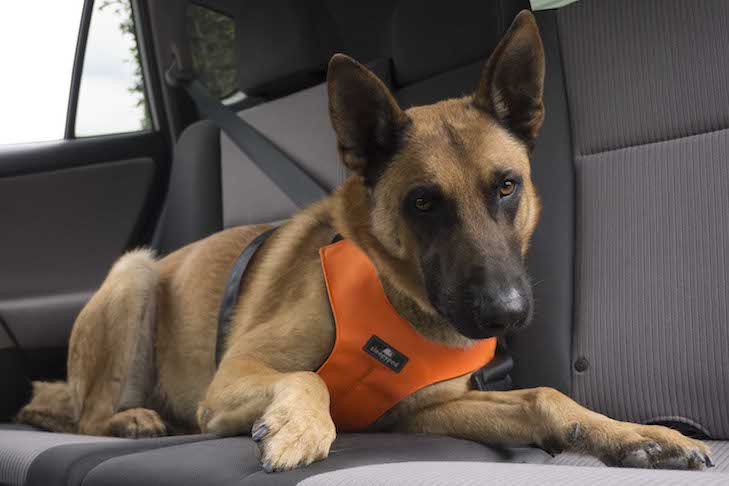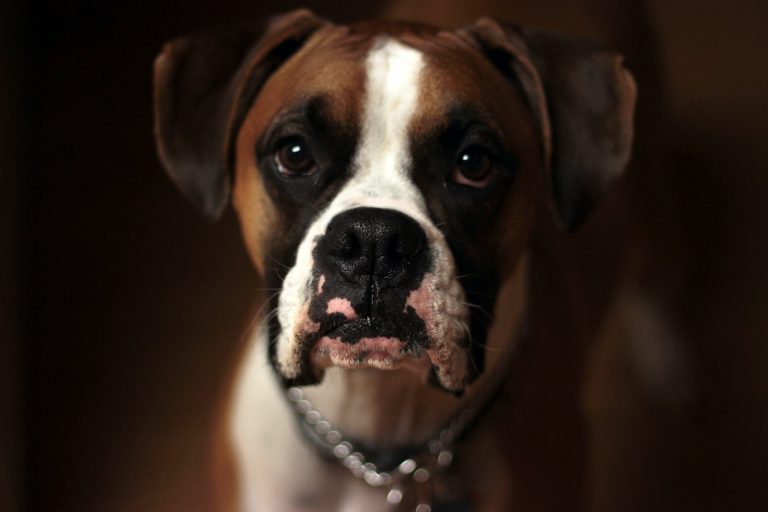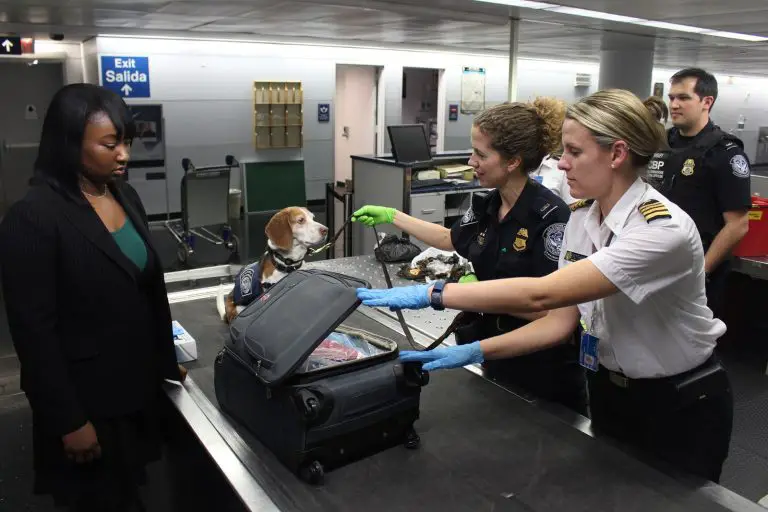Safety Tips for Driving With Your Pooch
Driving around the city with your dogs is something most dog owners do daily. What dog owners aren’t necessarily doing is thinking about is their dog’s and their own safety while driving together. In fact, CarRentals recently ran a survey to uncover the dangerous driving habits of pet parents – the results are quite surprising. The survey digs into the safety precautions pet owners take before driving with their dog and the distractions that dogs create for their owners while in the car. We also go over safety tips to take to avoid any harmful situations.
We want you to continue to enjoy those moments in the car with your pooch, but there is a way to safely execute this. Taking a moment to understand the dangers of driving with your dog is critical to everyone in the car’s safety. To understand the findings of CarRentals’s survey, let’s take a look at the potential dangers of driving with a dog.
- Everyone should buckle up – Having your dog unrestrained would lead to the same consequences if you were not buckled up in the car! Learn what type of constraint would be best for your dog.
- Dogs can be distracting – Dogs are curious and may also get anxious when in a car. Dogs will climb around the car, jump in your lap and distract you from keeping your eyes on the road.
- Keeping the window fully open is dangerous – It’s not always the dog that you should be worried about. Your dog becomes at risk for being struck by an object when their fuzzy head is hanging out the window.
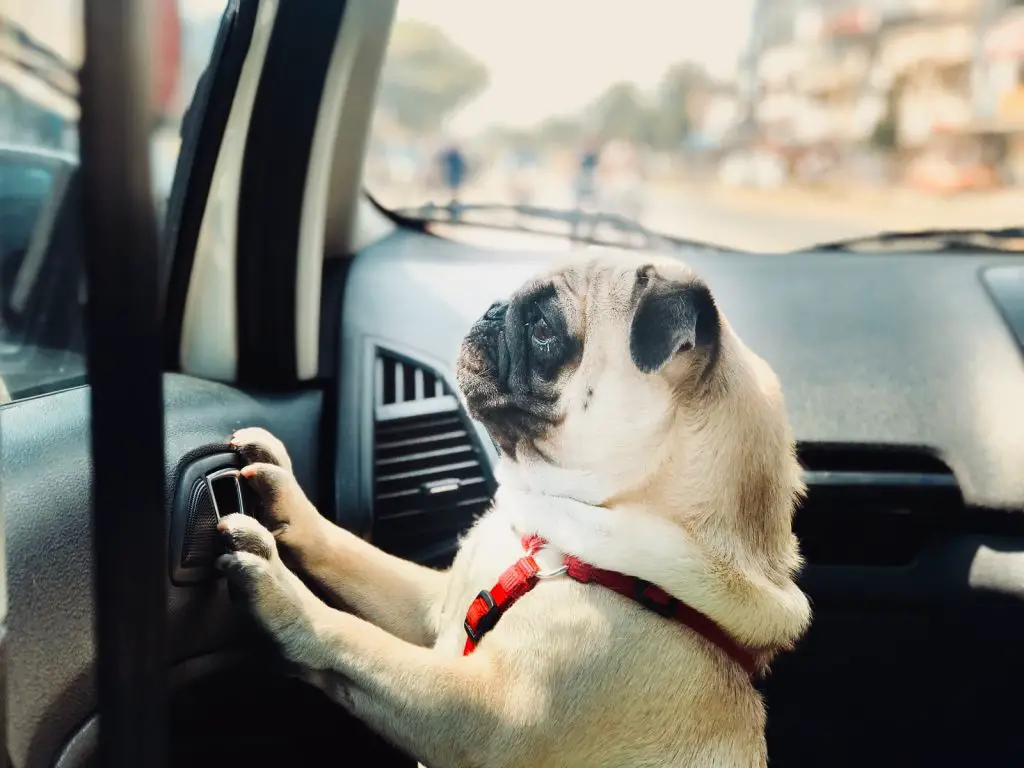
Distracting Driving Habits Dog Owners Are Guilty For
Our hopes are that bringing awareness of how many people are responsible for engaging in dangerous driving habits driving with their dog will stop you from engaging in these bad habits. Here are some shocking findings from the distracted driving with your dog survey:
- 47% of pet owners acknowledge it’s dangerous to drive with an unrestrained dog in the car, yet do it anyway.
- 52% of drivers have reached back to pet their dog.
- 23% of drivers use their hands or arms to hold their dog in place when braking.
- 19% of drivers use their hands or arms to prevent their dog from climbing into the front seat.
- 18% of drivers reach into the backseat to interact with their dog.
- 17% of drivers allow their dog to sit in their lap or hold their dog.
- 13% of drivers feed their dogs during the drive.
Owners are guilty but dogs are just as guilty. See below for how dogs cause distracted driving on the road.
A Call to Action
Unrestrained dogs at any size can do serious damage in the event of a crash, even at low speeds. A 10-pound dog in a crash at 50 mph will exert roughly 500 pounds of pressure. An 80-pound dog in a crash at only 30 mph will exert approximately 2,400 pounds of pressure. Some owners believe that airbags will save their dogs from flying out of the car. This may help the pet stay in the car, but it most likely won’t keep the pet safe. In fact, there are reports of airbags injuring pets. Don’t make the mistake and restrain your dog before an incident happens.
Overall, it’s safer for everyone riding to keep your dog restrained. Currently, only a handful of states enforce a law stating pets need to be buckled in. These states are Maine, Massachusetts, Minnesota, Connecticut, Hawaii, New Jersey, New Hampshire, and Rhode Island. A handful of other states have laws in the process of being approved.
Tips to Drive Safely With Your Dog
Our message to you is that buckling up isn’t just for people. To make sure Fido is safe while on the road, we’ve covered a list of tips to make sure everyone makes it from point A to B. Our major tips are below:
- If your dog is new to a safety restraint, practice on a short drive around town.
- Never let your dog sit in your lap or climb in the front seat.
- Never reach back to pet your dog.
- If your dog needs assistance, pull over at a safe location and let them out.
- Avoid giving your pet food or treats while driving to prevent sickness.
- In the event of an accident, many dogs escape through broken windows. Having the proper identification and your dog microchipped can be key to getting them back to safety.
Look into the correct safety restraint for your dog, as there are quite a few to choose from to make sure your dog is comfortable. Some of the types of popular dog restraints include a dog harness that clicks into a seat belt, a dog hammock, a puppy vehicle zipline, and a dog vehicle seat.
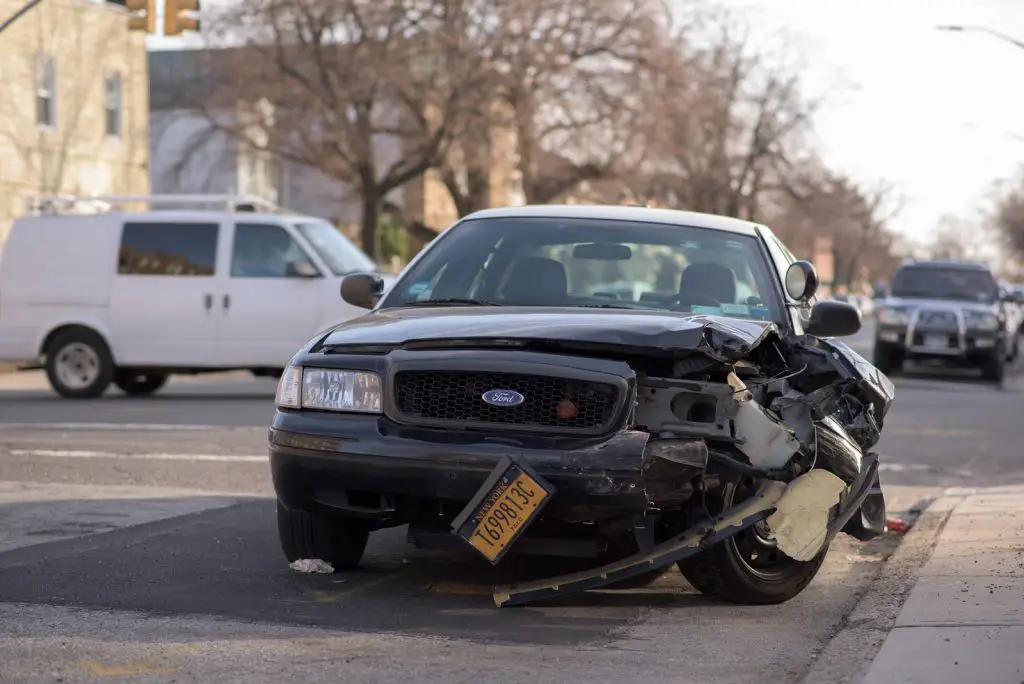
What to Do if You are in an Accident With Your Dog
We want to layout the proper way to take action if you come across this unfortunate event. It’s important to read up on what to do before you drive around with your dog so you can stay calm if this event presents itself.
You first want to call an emergency clinic. Then, you will want to assess and wait out the situation for 20-25 minutes. Lastly, give proper treatment to the dog. Below we have outlined what to do for different injuries to a dog:
- In shock: Position the dog on his/her side with tongue extended to keep airways open.
- Glass in the skin: Let a professional remove glass or shrapnel in case the object has penetrated a vein or artery.
- Broken bone: Do your best to stabilize the potential break with a magazine or other rigid surface and try to keep them from moving.
- Bleeding: Create a makeshift tourniquet if necessary out of a belt, shoelace, or strip of fabric. If less serious, use gauze or other soft material to stop bleeding.
We hope this brings awareness to all pet owners out there to keep you your furry friends safe. Learn more tips and tricks to traveling with your dog from our guide here. Check out the full study and data on pet parents’ driving habits here.

